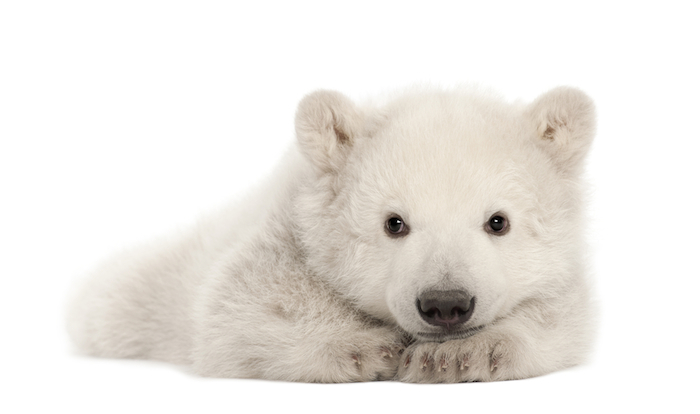
We have a polar bear.
It came in the mail.
My son received the plush critter from family in Toronto via WWF Canada’s symbolic species adoption program. Aunt Sheila gets our lighter footprint and nature lovin’ ways! (Don’t worry, no living creatures were harmed to make the plush toy. And no harmful dyes were used or no PVC or other materials with chlororganics were used.)
Interested in adoption programs to aid in wildlife and nature conservation? Listen to my Green Divas Heart Wildlife podcast for some ideas, then read on for more…
5 ways to adopt wildlife…
How to help wildlife for $50
Become a Chimp Guardian and help the Jane Goodall Institute’s work to conserve habitat, protect chimpanzees in the wild and care for orphans at the Tchimpounga Sanctuary. You’ll receive a photograph and biography of your adoptee, a certificate and fact sheets. Upgrade to receive a plush toy chimp!
How to help wildlife for $48
Adopt a Great Blue Heron nest from the Stanley Park Ecology Society. You’ll get regular updates on the status of your nest (and the entire heron colony) throughout the breeding season, an annual heronry report and a springtime walking tour! You’ll also receive a certificate of adoption and all you ever wanted to know about Great Blue Herons.
How to help wildlife for $40
Plush toys seem to be all the rage when it comes to symbolic adopt-a-critter programs and WWF Canada is no exception. Get one by adopting a red panda, orangutan or blue shark. You’ll also receive a personalized adoption certificate, a paper gift bag and a species poster.
How to help wildlife for $25
Adopt a bat from Bat Conservation International. They don’t come live with you — it’s symbolic, silly! You’ll receive a plush toy (see the theme?), adoption certificate and a complete species profile.
How to help wildlife for $0
Adopt the city block where you live or work! It only costs a bit of time. Many cities, like Vancouver, have programs to encourage block cleanups and help keep neighbourhoods vibrant, safe and healthy for people and urban wildlife.
Not an urbanite? Rural residents can sign up for highway/roadside cleanups, too. For example, the Province of Alberta organizes a clean-up campaign each spring.
Got other ideas for how to adopt wildlife? Share them here!
Bonus:
Listen to the latest Green Divas Radio Show…
 Linsday Coulter, David Suzuki’s Queen of Green, answers your green living questions and offers tips and recipes to make your life easier on the environment. It’s all about green living made easy!
Linsday Coulter, David Suzuki’s Queen of Green, answers your green living questions and offers tips and recipes to make your life easier on the environment. It’s all about green living made easy!
Holding strong to the roots of the David Suzuki Foundation brand, Lindsay Coulter communicates the small steps to not only inform, but also empower Canadians to live “green” without guilt or the feeling of being overwhelmed. Her voice, tone, and sense of humor has the ability to lift, persuade and sometime shove people out of “what can I do” mode!
The Queen of Green seeks to build an engaged citizenry that starts with actions they can take at home, then into their neighbourhoods and communities to protect nature and improve our quality of life.
[dynamic-sidebar id=’Custom Widget 2′]